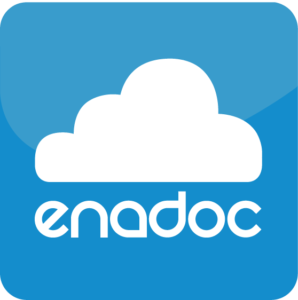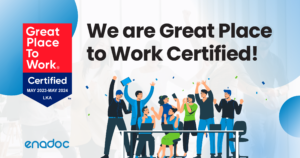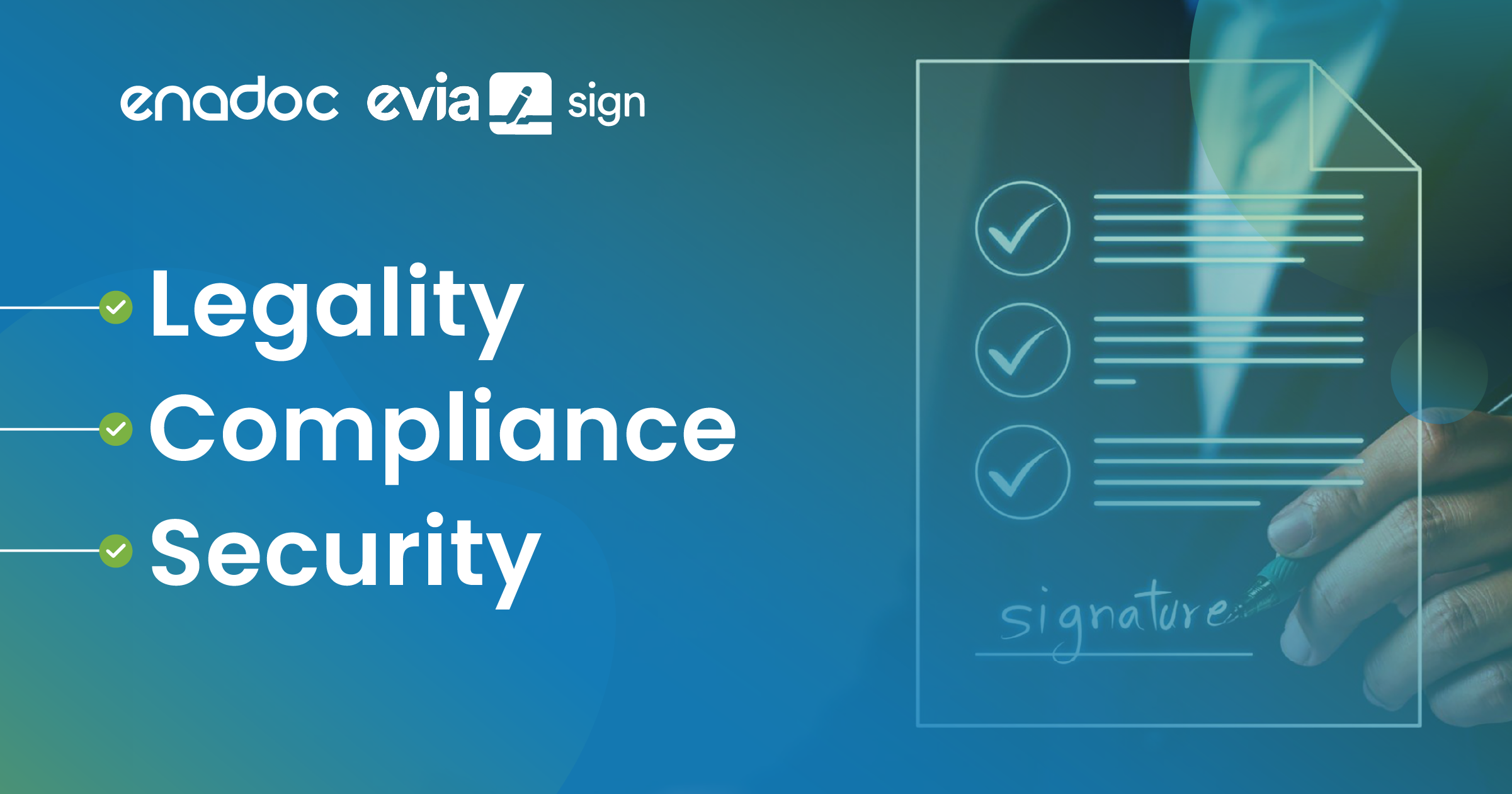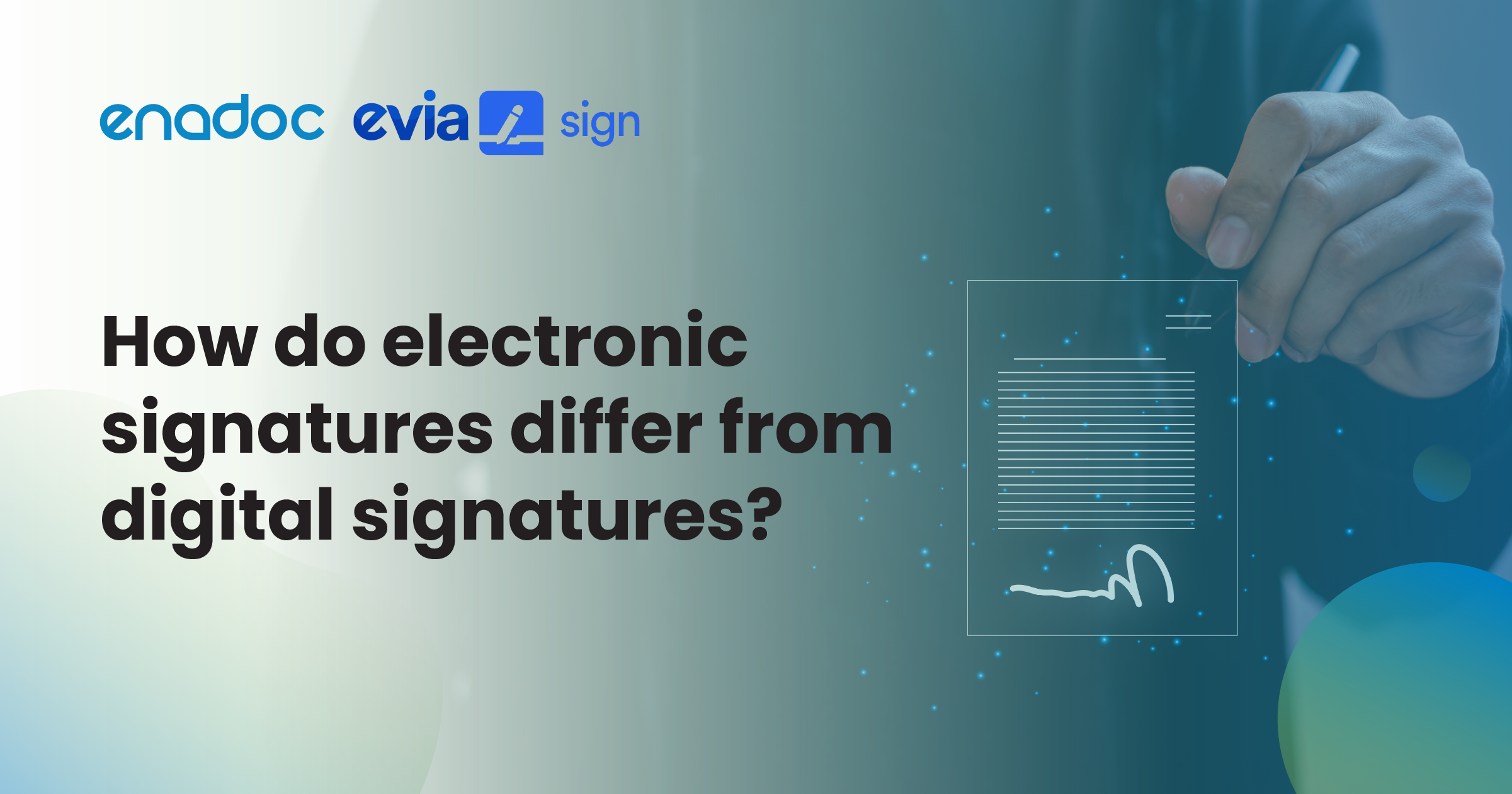Enhancing Business Continuity with ECM and CRM Solutions
July 30, 2020
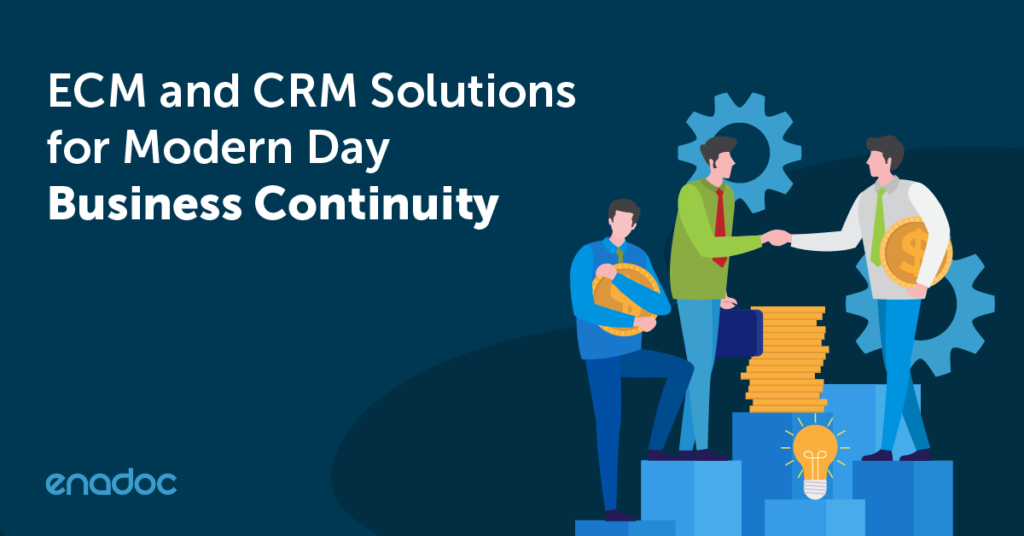
The past few months, businesses worldwide have been trying to get back on track after being hit by the global pandemic. More and more organizations have come to realize, that in the modern world when everything moves so fast, the automation of business processes is a must. This brings us to content management solutions as an answer.
That’s why it’s critical for companies to implement modern solutions to help secure, organize, and automate business processes. However, there are still a lot of organizations that believe in the saying, “Do not fix what isn’t broken.” This kind of dated thinking actually brings trouble to companies, more than they realize.
Common Organization Problems
Here are some major problems “old school” organizations commonly face:
Non-Compliant Storage of Data and Documents
Rising regulation and industry compliance policies are one of the biggest motivators for companies to store documents digitally and improve their records retention methods.
Do you still use a paper-based storage system for long-term archiving? Are you able to meet audit requests or legal discovery requests in the event of litigation?
If the answers to the questions above are not in line with legal policies, then your organization might be in trouble.
Decentralized Data
One of the biggest challenges businesses can face is dealing with messy, haphazardly organized data. This can become a much more serious issue when you’re looking for important sales information but have to look through dozens of various documents, charts, and spreadsheets
Irregular Workflows
Most organizations that have manual processes, usually have no centralized workflows that everyone within the company will be following. This makes for longer processes, confusion, and lower productivity.
Poor Customer Service
Nowadays, customers have higher demands that require supporting platforms that effectively synchronize information, content, and resources in a flexible way. The ultimate goal is for all employees to gain a 360-degree view of prospects and customers and deliver a best-in-class experience.
Inefficiencies are often caused by scattered information over different systems, paper files, and email folders. With no digital end-to-end processes, problem-solving is not formally managed, case progress is not transparent and it’s impossible to measure KPIs. All these get in the way of customer satisfaction and loyalty, damaging your business reputation.
Low Remote Work Productivity
In today’s modern world of flexible work setups, it’s no longer normal to have employees pushing paper or distributing physical documents manually.
you should no longer have employees pushing paper or distributing documents by post. Gone are the days where porters are hired specifically to distribute documents across departments via trolleys or carts. By implementing an ECM system, the same documents can be scanned at the source, stored, and distributed electronically without any need for human intervention, reducing time wasted on administration and freeing up employees’ time to focus on generating revenue for your business.
Little to No Sales and Marketing Collaboration
Without the marketing team, sales wouldn’t have anyone to follow up with. Without the sales team, marketing doesn’t have a clear goal. They’re strongly connected but are often completely separate from each other in a business setting.
So how can organizations fix this problem?
Customer Relationship Management
CRMs are successfully integrated into almost all business lines: sales, marketing, customer service, human resource, performance management, and training.
CRM Benefits:
- Store and manage customer contact information in one place.
- Share information with colleagues within the organization.
- Easily access customer information at any time, from any device.
- Automate customer service routine processes.
- Track prospects and define customer needs.
- Save time with convenient and well-organized contacts storage.
Enterprise Content Management Solutions
ECM is a process of obtaining, organizing, storing, and delivering organization documents and other content.
It covers strategies, methods, and tools used to manage the complete lifecycle of content. ECM systems can be successfully integrated into any business, like financial services, the public sector, manufacturing and utilities, healthcare, education, services, and transport.
ECM Benefits:
- Capture any type of content, store it securely and make it available from anywhere at any time.
- Effectively organize information.
- Quickly search and navigate through countless data.
- Make the changes in the documentation traceable.
- Enhance publishing and delivery processes.
How do ECM and CRM fit in modern-day business continuity?
We collect content from different spheres of our working lives and these all need to be managed efficiently. In the context of business continuity, having content and not being able to manage it, then there’s no business continuity for us.
For you to run your business, it is vital that you have secure and efficient access to the content.
Reasons to use ECM and CRM solutions:
As mentioned above, CRM and ECM solutions have benefits when separately used. Here are compelling reasons to integrate and utilize these tools together:
Content Efficiency:
- Optimize content management
- Protect and preserve electronic records
- Reduce information footprint
- Improve operational efficiency
- Multichannel acquisition
Business Process Automation
- Automate processes, collaboration, and information availability
- Eliminate duplication
- Automate retention and disposition policies and execution
- Manage data according to business needs over time
Risk Mitigation
- Enforce mandatory retention times
- Be prepared for litigation and compliance
- Support data protection
- Improve information discovery and accessibility
- Manage information based on defensible policies
Analytics and Insights
- Speed up decision-making processes
- Improve quality and findability of content
- Search, find, and reuse information
- Locale, catalog, and protect personal data
“Two key aspects of content management: Know WHAT information you have and WHEN you want to use them.” – Muralikrishna Rajagopalan, General Manager, Enterprise & Cloud Applications and Cloud & Platform Services | DXC Asia
Automate content-driven processes
- Enhance collaboration
- Run your business efficiently
- Automate retention management
- Implement, automate, and enforce policies throughout the estate
Make the best use of your information
- Gain insights from your information
- Accelerate decision-making processes
- Search, find, and reuse information
- Improve the quality of outcomes
Digital disruption helps clients explore new sources of value creation through transformation:
1. Consumers are in control and will define your next move.
2. Increased competition from unexpected sources in the new norm.
3. Winners drive continuous innovation and limit their asset investment while leveraging industry ecosystems.
Just last year, no one thought that this pandemic and the lockdowns would happen. But here we are, and most SMBs and Enterprises have lost too much.
Business Continuity Planning or BCP involves identifying all the vulnerabilities of an organization. Customer Relationship Management and Enterprise Content Management help ensure that companies can remain organized, engaged, and productive no matter the situation.
What are you waiting for? Find out how we can help you implement CRM and ECM solutions in your organization today for seamless content management solutions! Contact us!




